Mitsubishi A6M2 Zero Type 21 – Japanese World War II Fighter Aircraft
The Mitsubishi A6M2 Zero Type 21, also known as “Reisen” or “Zeke,” was an iconic fighter used by the Imperial Japanese Navy during World War II. This low-wing, all-metal aircraft stood out for its exceptional maneuverability, range, and aerodynamic design, making it a formidable presence in the early years of the war.
The A6M Zero prototype first flew in 1939 and entered service in 1940. The A6M2 Model 21, powered by a 950 HP Nakajima NK1B Sakae 12 engine, was specifically designed for carrier operations, featuring folding wings. This model played a crucial role at the onset of the Pacific War, becoming the Japanese Navy’s standard carrier-based fighter.
Over time, newer versions like the A6M3 and A6M5 were developed, incorporating improvements in weaponry, aerodynamics, and engines to meet the evolving demands of aerial combat. However, these advancements also introduced trade-offs in weight and maneuverability.
Despite its lack of armor and vulnerability to enemy fire, the A6M Zero remained feared by Allied pilots until late 1943, when aircraft such as the P-51 Mustang and F6F Hellcat began to surpass it in performance.
Specifications (A6M2 Zero Type 21):
- Length: 9.06 m
- Wingspan: 12 m
- Height: 3.05 m
- Maximum Speed: 533 km/h
- Climb Rate: 15.7 m/s
- Maximum Range: 3,105 km
- Service Ceiling: 10,000 m
- Armament: 2 Type 99-1 20 mm cannons, 2 Type 97 7.7 mm machine guns, and up to 250 kg of bombs.
The A6M2 Zero remains a symbol of Japanese aviation engineering, leaving an indelible mark on the history of military aviation.

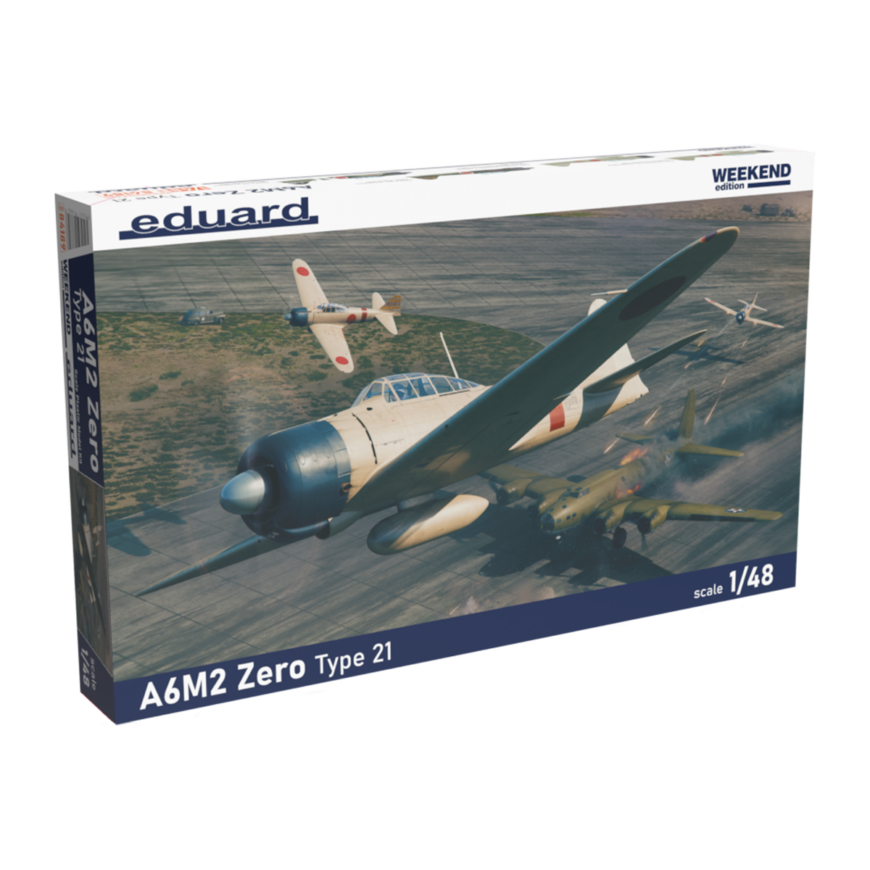
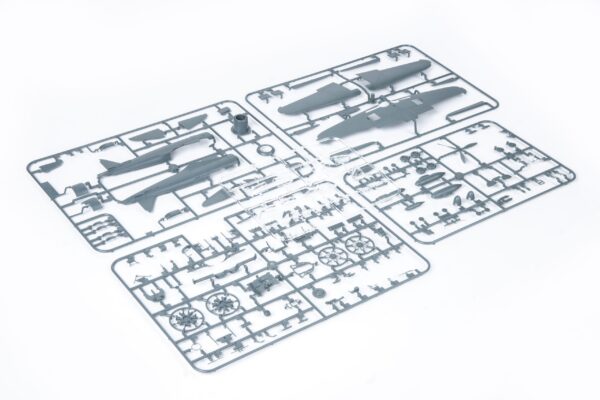
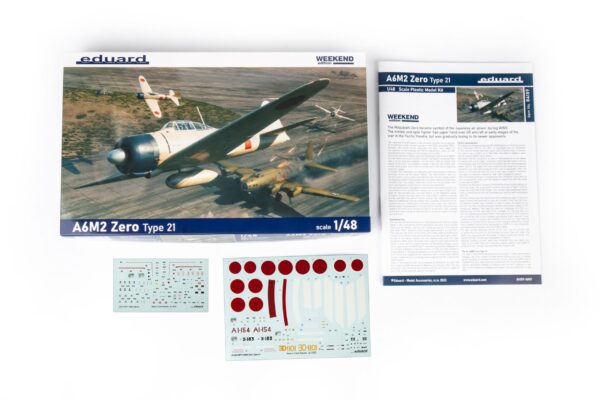
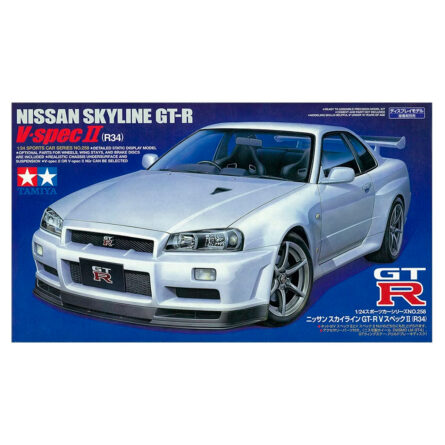

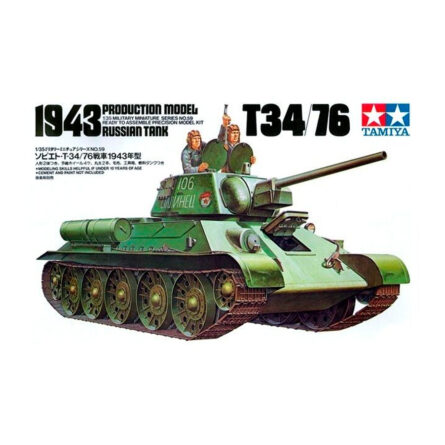
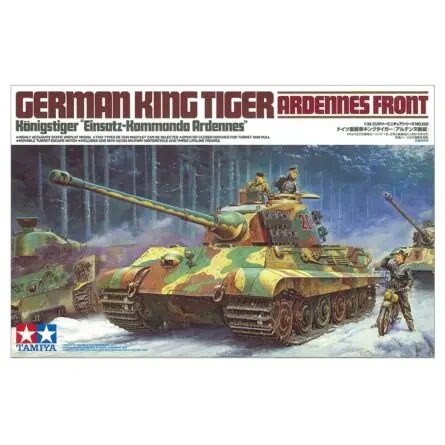
Reviews
There are no reviews yet.